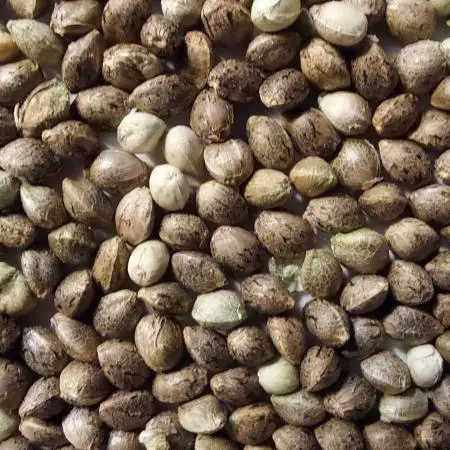The Grow Awards 2026 🏆
Adjust light height, or light intensity?
Rootbound89started grow question 9mo ago
I’ve heard that you should bring the lights closer to the plants, but it’s difficult to reach over the table without hurting the plants. I’m planning on just adjusting the dimmer instead. Do you think that will work ok?
Open
Week 4 likes
Answer
ATLien415answered grow question 9mo ago
the real power of LEDs is the energy consumption versus thee photon density delivered to the plant, so basically you are throwing that out the window but yes it is a electricity bill question
it is a best practice to intentfully think about your gear and how it will be impacted by either not being able to touch pre-flower plants or by stretching, and just know you will be able to reach what you need to. sometimes it just works out where you have something suboptimal for one grow cycle
likes
Complain
All_our_small_plantsanswered grow question 9mo ago
Hi solange du die Lichtanforderungen von Cannabispflanzen einhältst ist das ok, diese Werte ändern sich je nach Wachstumsphase. Hier sind die Richtlinien für DLI (Daily Light Integral) und PPFD (Photosynthetic Photon Flux Density)
Keimlingsphase:
PPFD: Ca. 100–300 µmol/m²/s.
DLI: Etwa 6–10 mol/m²/Tag.
Wachstumsphase:
PPFD: 400–600 µmol/m²/s.
DLI: 20–30 mol/m²/Tag.
Blütephase:
PPFD: 600–900 µmol/m²/s.
DLI: 30–40 mol/m²/Tag.
Diese Werte helfen, das richtige Maß an Licht für die Photosynthese zu gewährleisten, ohne Stress für die Pflanzen zu verursachen. Die Licht Verteilung solte auch stimmen damit die Pflanzen überall im richtigen Licht stehen.
2 likes
Complain
00110001001001111Oanswered grow question 9mo ago
keyboard running out of juice .. "photosynthesis" mistyped at least 1 time.
likes
Complain
00110001001001111Oanswered grow question 9mo ago
There's some advantage to more power and higher hanging distance. Because light spreads out according to inverse square law, the further a light is that provides 'best' DLI to top of the canopy also provides more intense light deeper into canopy.
The question then becomes how much extra electricity can be justified by that relationship? Some plotted data points could help, but not something you can probably work out from simply observing results and all the variety in genetics and variables that ebb and flow from grow to grow.
Also, not very helpful with short plants early on.. more of a debate for tall plants where the canopy is more than a few inches deep.
The incremental benefit is probably small, so probably not worth it to waste excess electricity. Most of that light is already shielded from lower leaves. Only a small portion of leaf surface of the total would benefit and the further away from teh light, the less itense the light is that does get absorbed.
Products of photosynthese freely move about the vascular tissue. No worries where the light hits as long as it is all absorbed efficiently. Apical dominance is what determines allocation inside the plant. More local sources may provide greater proportions of sugar, but that's more a matter of mechanics and path of least resistance. As sugar gets used more in some areas, the concentration gradient will cause it to even out aait strives for equilibrium... it's a force that will pull sugars across membranes until it equals out concentration again.... part of the mechanics of how it moves around the plant.
1 like
Complain
Scrubbyjimbobanswered grow question 9mo ago
If you're hitting your target ppfd it doesn't really matter how you got there. It uses less electricity to hang a light lower and turn down the intensity but you can hang higher and just run more power if it's more convenient. In mass grows they'll do it that way because it's a lot more practical to just adjust intensity than mess with lamp height when you got 50+ lights.
likes
Complain





